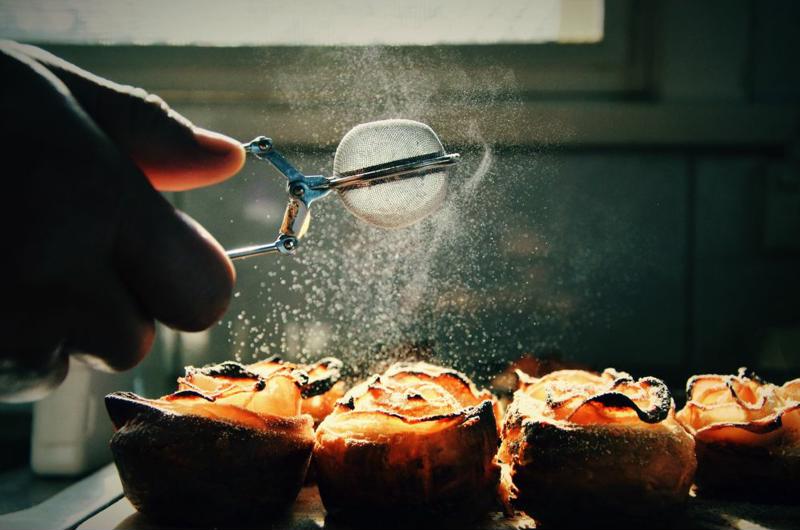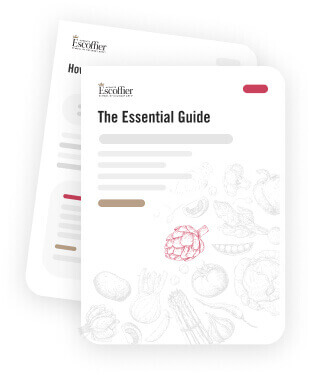Pastry chefs are having a long-deserved moment in the spotlight and being celebrated for their creativity, skill and dedication. The Netflix series “Chef’s Table” showed off the tremendous discipline and commitment that go into creating desserts that look as amazing as they taste. Meanwhile, The New York Times recently reported on how some of today’s leading names in pastry are taking their creations to amazing new levels by creating complex, visually stunning items influenced by architecture.
Given this kind of exposure, it’s no surprise that many food lovers are contemplating enrolling in culinary arts schools in Texas and across the country. An array of advanced techniques go into becoming a professional pastry chef, and those who commit to learning the tools and tricks of the trade find a variety of career possibilities. If you decide to embark upon this educational path, you’ll study the concepts and discover the inspiration that goes into making remarkable treats at a bakery or restaurant.
What students learn in baking and pastry schools
“Great desserts are the product of painstaking attention to detail.”
Great desserts are the product of carefully chosen ingredients and painstaking attention to detail. Consistently preparing superb cakes, pies and tarts calls for an almost-scientific approach involving exact measurements and timing. Other chefs may sometimes act on their own instincts and tastes to decide how much of a certain element should go into a dish, but bakers know that slight changes can have major results, determining whether a batch of cookies is delightfully chewy or hard and brittle.
That’s why it’s so important to use the proper tools for measuring out dry and liquid ingredients. Many experts recommend weighing everything on a kitchen scale to get the most accurate reading. Pastry chefs develop their recipes by paying close attention to these details as they experiment, discovering how subtle changes in the proportions of ingredients and or the temperature of oven can alter the results.
Chef and baking instructor Jenny McCoy told The Kitchn that once an aspiring baker has mastered basic recipes, the next step is familiarizing themselves with the fascinating variety of chemical reactions that go into making each treat. While studying baking, you can see first-hand the dramatic effects that come from changing the level of gluten or adding more eggs in a dough. When you have a full grasp of how particular ingredients in specific amounts will transform the final results, you can be strategic about substitutions and add inventive touches to your recipes.
Perhaps the most crucial thing that a student learns during a baking and pastry education is the importance of putting in extensive time and effort. Students must put in many of hours of practice to develop their technical skills and unique styles. Preparing the same item countless times is often the only want to find just the right idea to make it truly special.
 Pastry chefs focus in on every detail of their creations.
Pastry chefs focus in on every detail of their creations.Opportunities in the sweet world of dessert
Once you have mastered the steps involved in making classic pastries and discovered your personal approach, what comes next? Chefs specializing in baking and desserts may find their calling in a storefront bakery or a restaurant, but they can operate in many other settings as well. There’s a demand for freshly prepared, irresistible items on cruise ships, at resorts, in casinos, at mall food courts and in supermarkets.
Scheduling is a major factor in why some pursue careers as pastry chefs. They tend to work different hours from other cooking professionals, putting in long hours of preparation. The advantage is that they are rarely hit with a big rush of activity at the end of the night, making it easier to plan their days ahead of time.
Training in the baking and pastry arts prepares students for exciting, creative careers full of delicious potential.

